In a world dominated by Instagram hotspots and tourist-filled landmarks, some truly extraordinary places remain remarkably under the radar. These hidden gems offer breathtaking beauty without the crowds, letting you experience nature’s wonders in peaceful solitude.
They exist as living postcards, perfectly preserved yet somehow missed by the typical travel conversation. The travel industry tends to spotlight the same destinations repeatedly, but venture just a bit off the beaten path and you’ll discover incredible alternatives.
Here is a list of 15 beautiful places that deserve far more attention than they currently receive.
Gásadalur Village
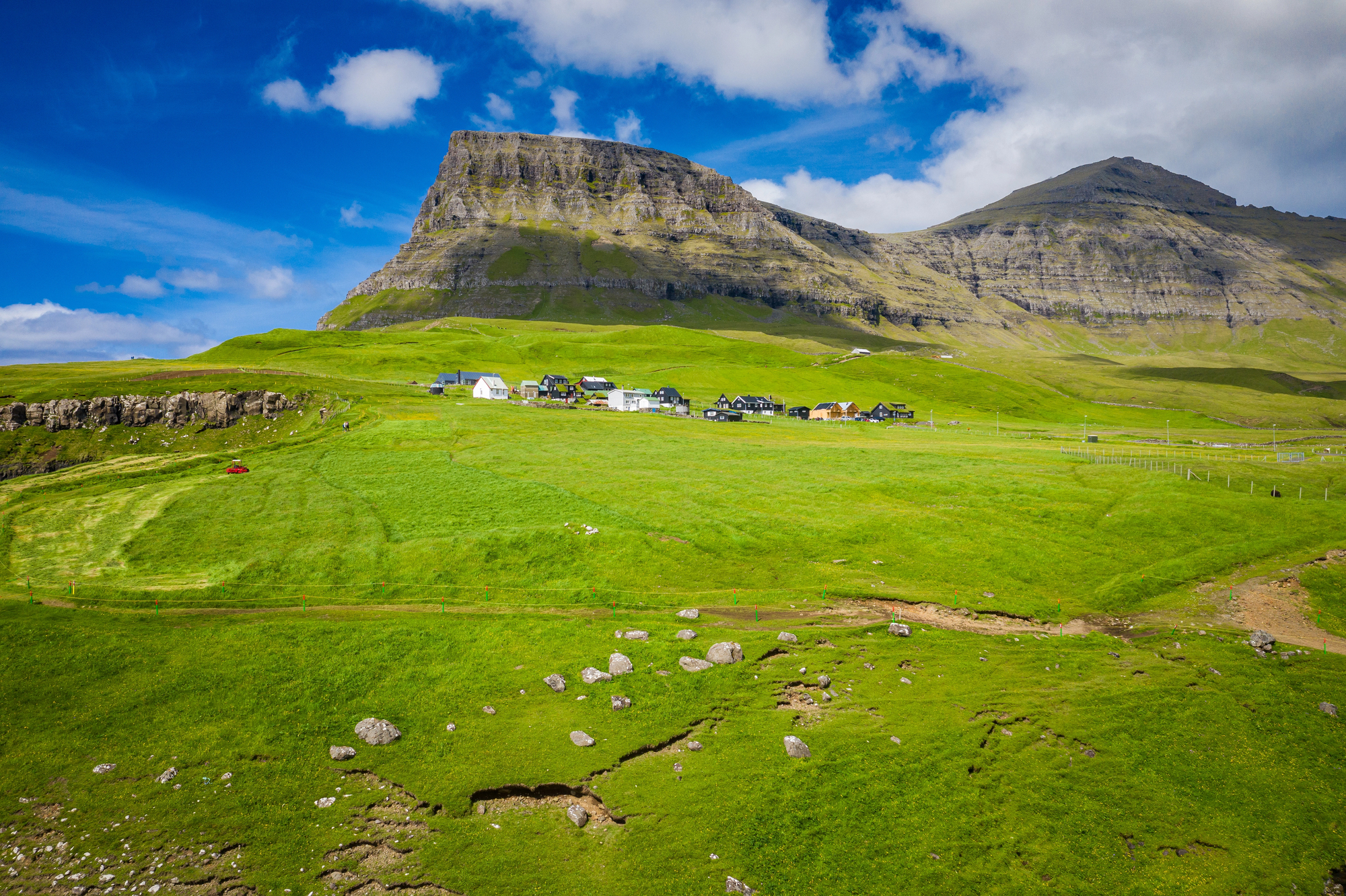
Tucked away in the Faroe Islands, this tiny village remained nearly inaccessible until 2004 when a tunnel was finally built through the surrounding mountains. Before that, residents had to hike over a 400-meter high mountain just to reach neighboring villages.
The dramatic waterfall plunging directly into the ocean against the backdrop of green cliffs creates a scene that feels almost mythical in its beauty.
Hang Son Doong Cave
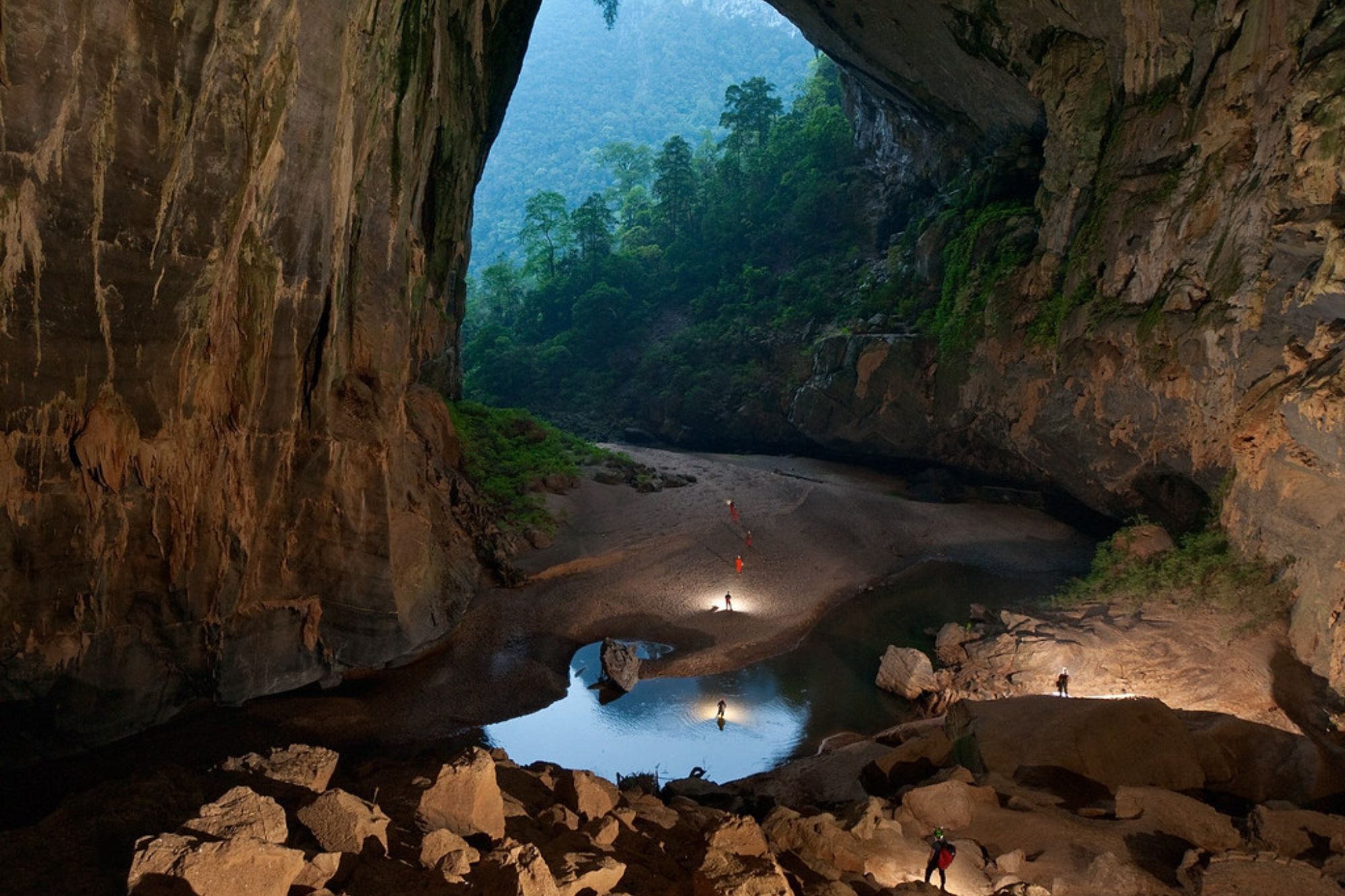
Hidden in Vietnam’s Phong Nha-Ke Bang National Park lies the world’s largest cave, so massive it contains its own river, jungle, and climate. Discovered by locals in 1991 but not explored until 2009, this cave could fit an entire New York City block inside, complete with 40-story skyscrapers.
The ethereal sunbeams that penetrate through ceiling holes create misty spotlights on the prehistoric landscape below.
Marble Caves
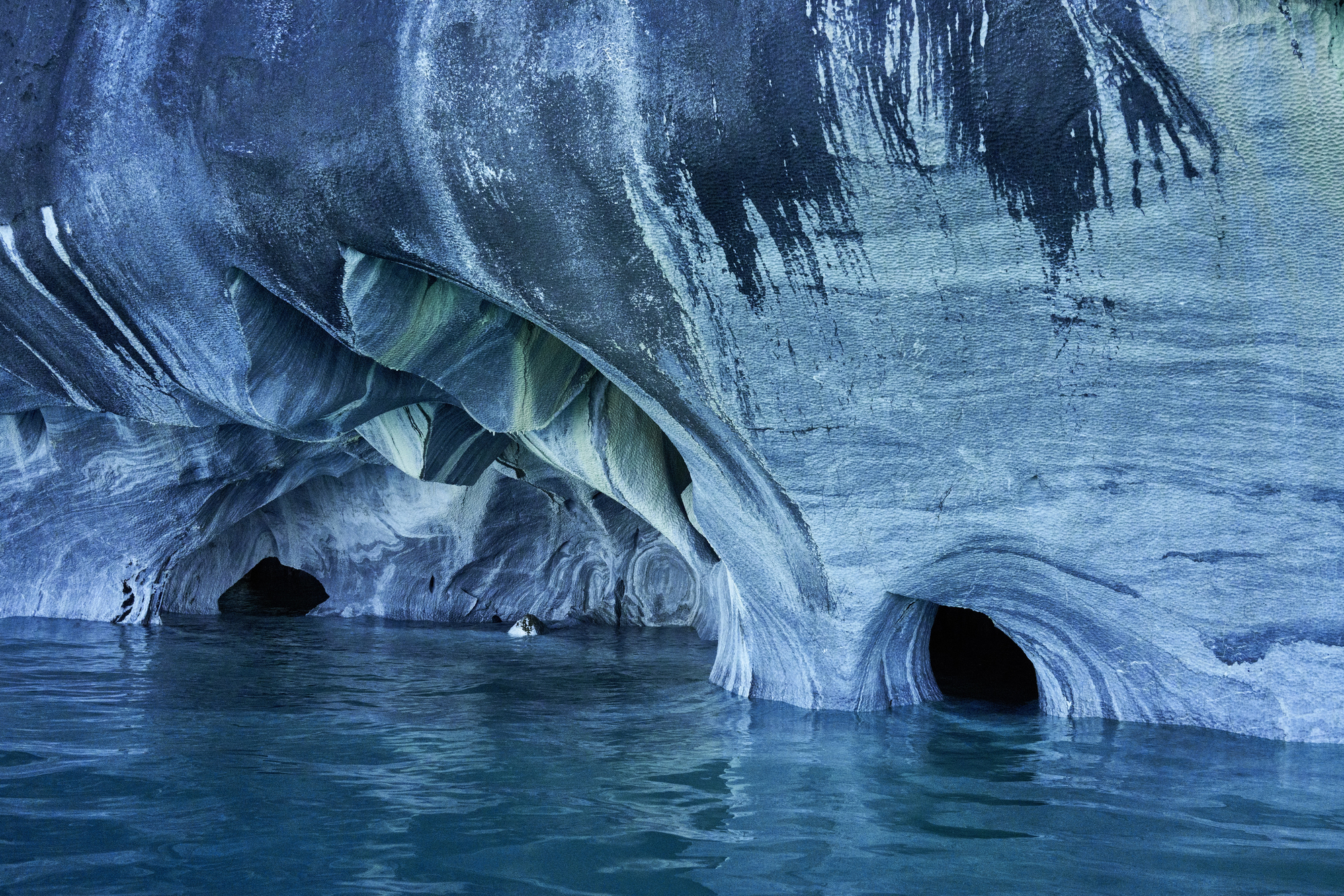
These vibrant blue caverns in Patagonia, straddling the Chile-Argentina border, have been shaped by 6,000 years of water erosion. Located on Lake General Carrera, the swirling patterns on the cave walls change color throughout the year depending on water levels and light conditions.
The marble chambers appear to be in constant motion as the turquoise waters reflect and refract light against the smooth stone surfaces.
Like Travel Pug’s content? Follow us on MSN.
Bagan Plains
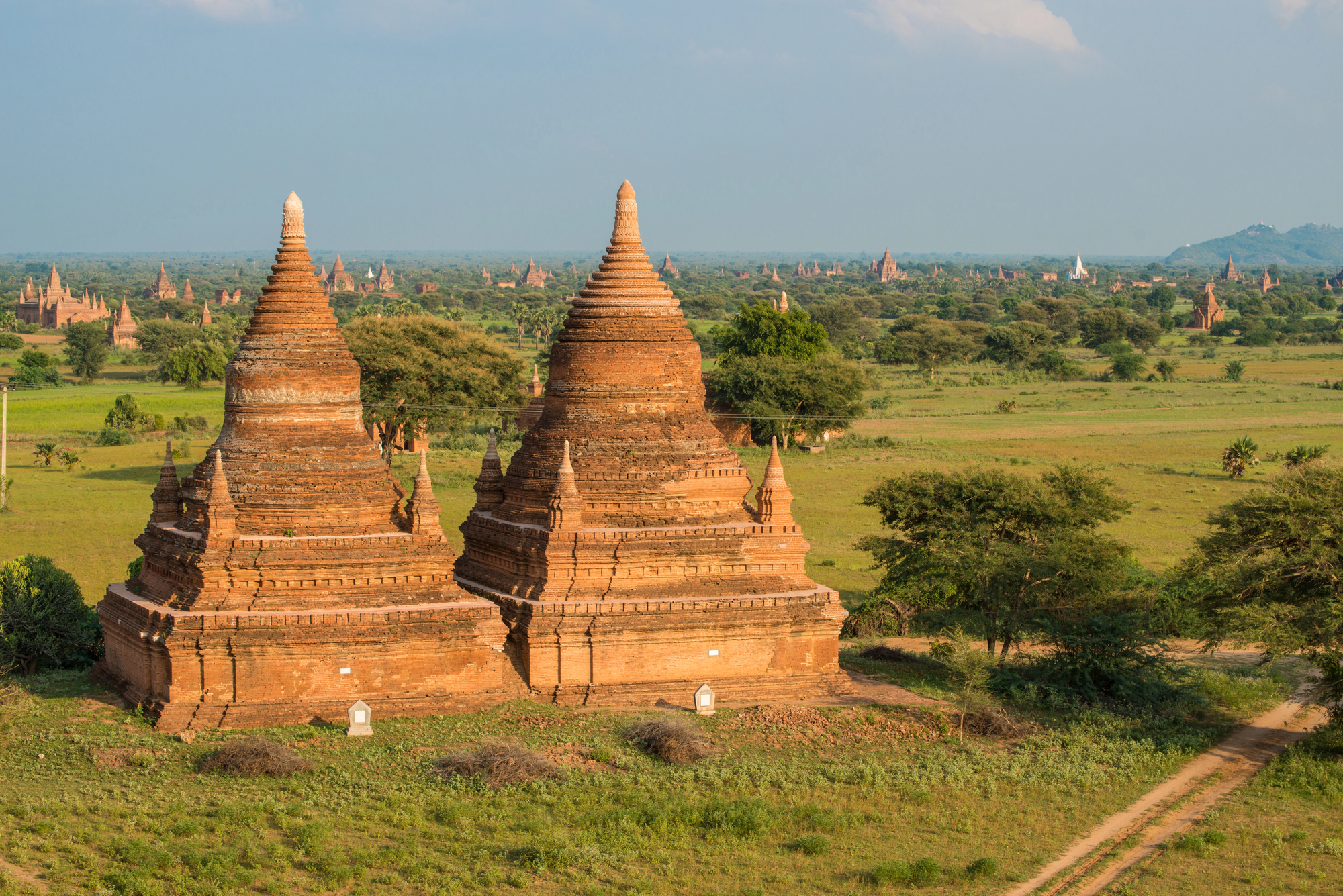
While Southeast Asian temples aren’t exactly secrets, Myanmar’s Bagan remains surprisingly uncrowded compared to sites like Angkor Wat. Over 2,000 ancient Buddhist temples and pagodas spread across these plains, creating an otherworldly landscape when viewed at sunrise.
The morning mist that settles between the structures adds an almost mystical quality to this archaeological wonder dating back to the 9th century.
Huacachina Oasis
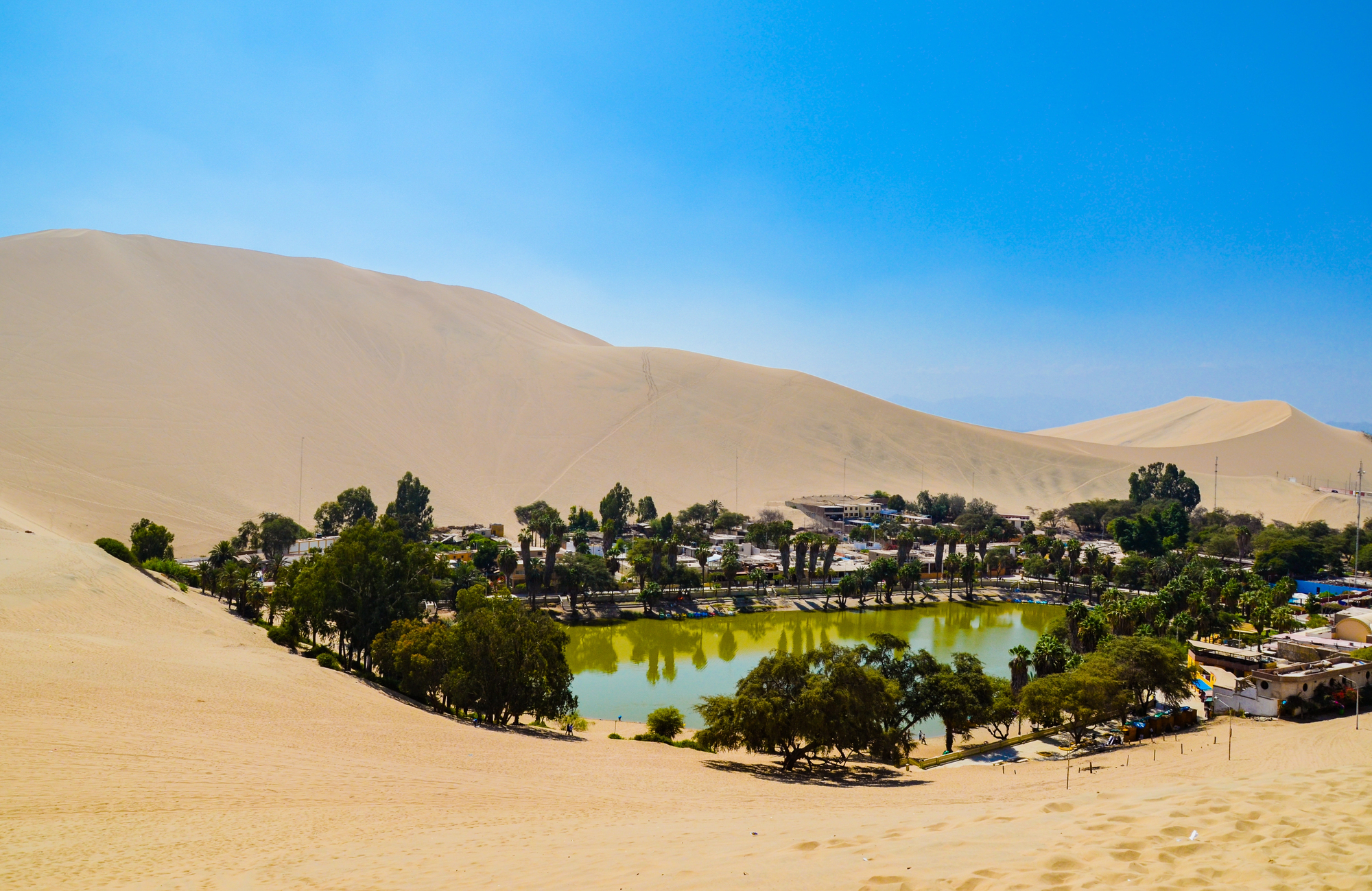
This desert oasis in Peru looks like something straight from a fantasy novel – a small lagoon surrounded by palm trees, encircled completely by massive sand dunes. The tiny village has fewer than 100 permanent residents, serving as a literal island of life amidst the coastal desert.
Local legend claims the lagoon formed when a young princess was bathing and fled into the water when spotted by a hunter, her flowing cloak becoming the surrounding sand dunes.
Socotra Island
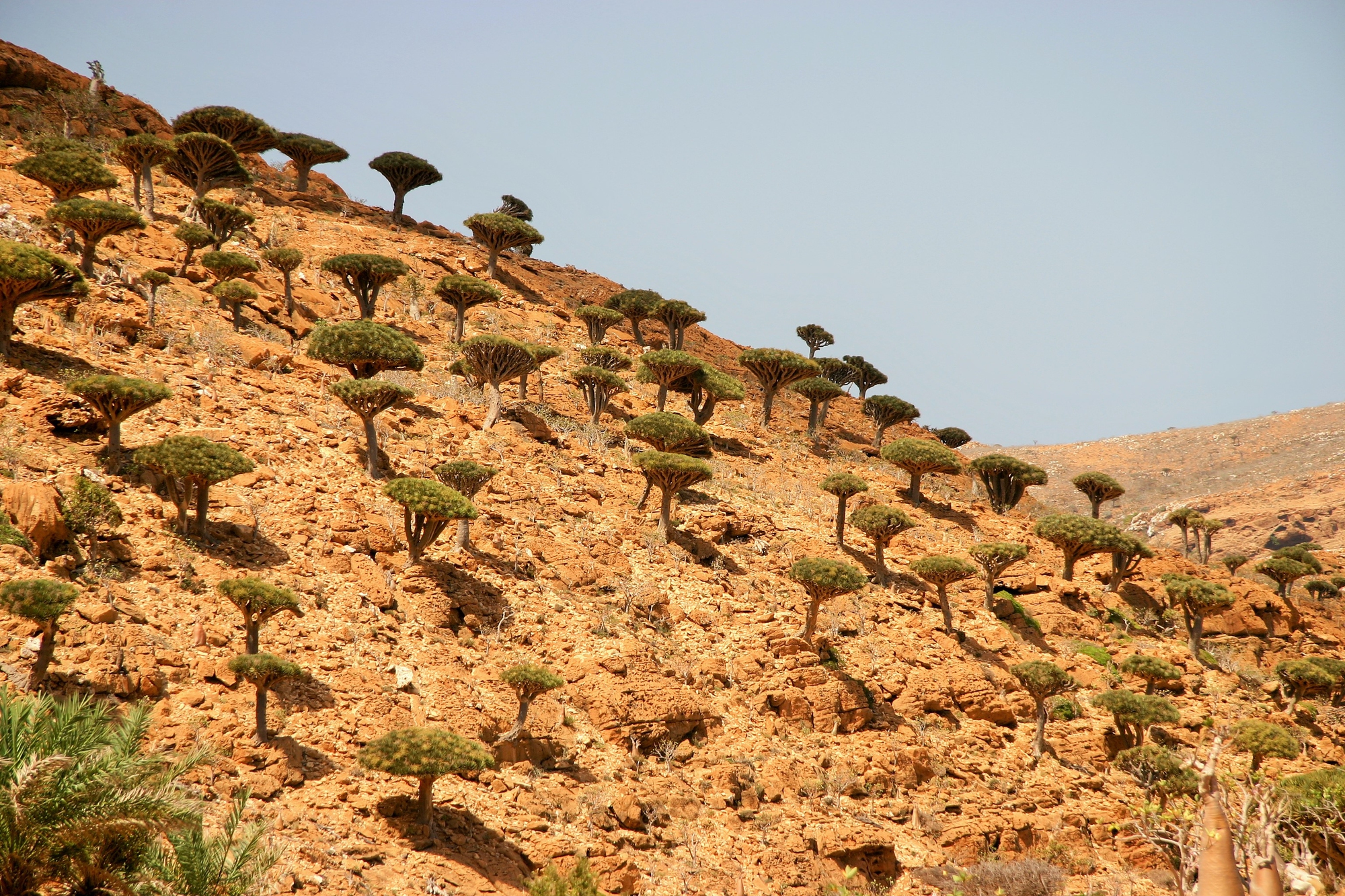
Often described as the most alien-looking place on Earth, this UNESCO-protected island off Yemen boasts bizarre dragon blood trees with umbrella-shaped tops and red sap. Nearly a third of plant life on Socotra exists nowhere else on the planet, having evolved in isolation for millions of years.
The landscape alternates between sandy beaches, limestone plateaus, and misty mountains in a relatively compact area.
Like Travel Pug’s content? Follow us on MSN.
Jiuzhaigou Valley
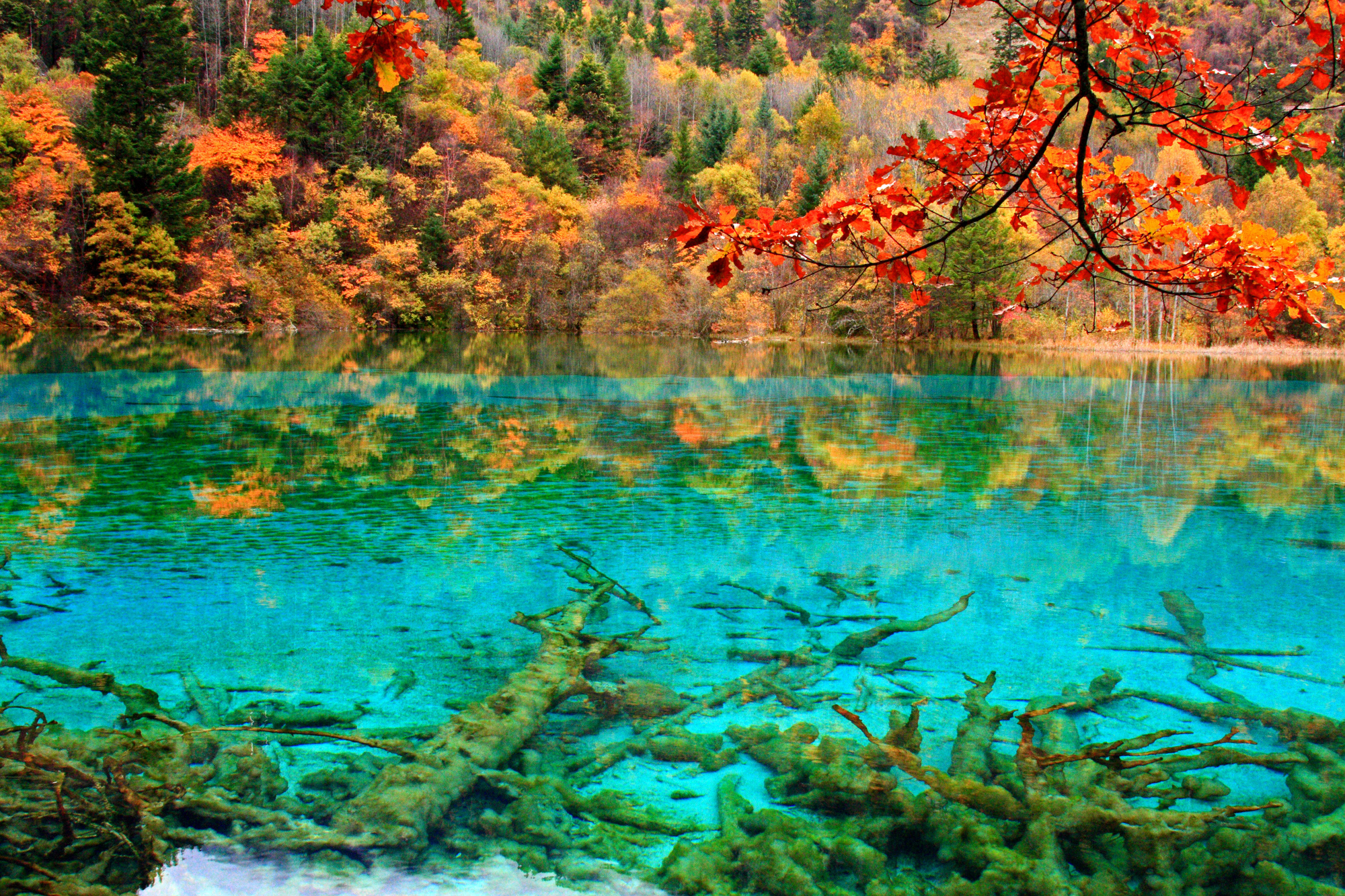
This nature reserve in China’s Sichuan Province features multi-level waterfalls, colorful lakes, and snow-capped mountains that change dramatically with the seasons. The mineral-rich waters create vivid blues, greens, and turquoises that look almost artificially enhanced but are completely natural.
The valley’s name translates to ‘Nine Village Valley,’ referring to the Tibetan villages that once dotted this remote region.
Salar de Uyuni
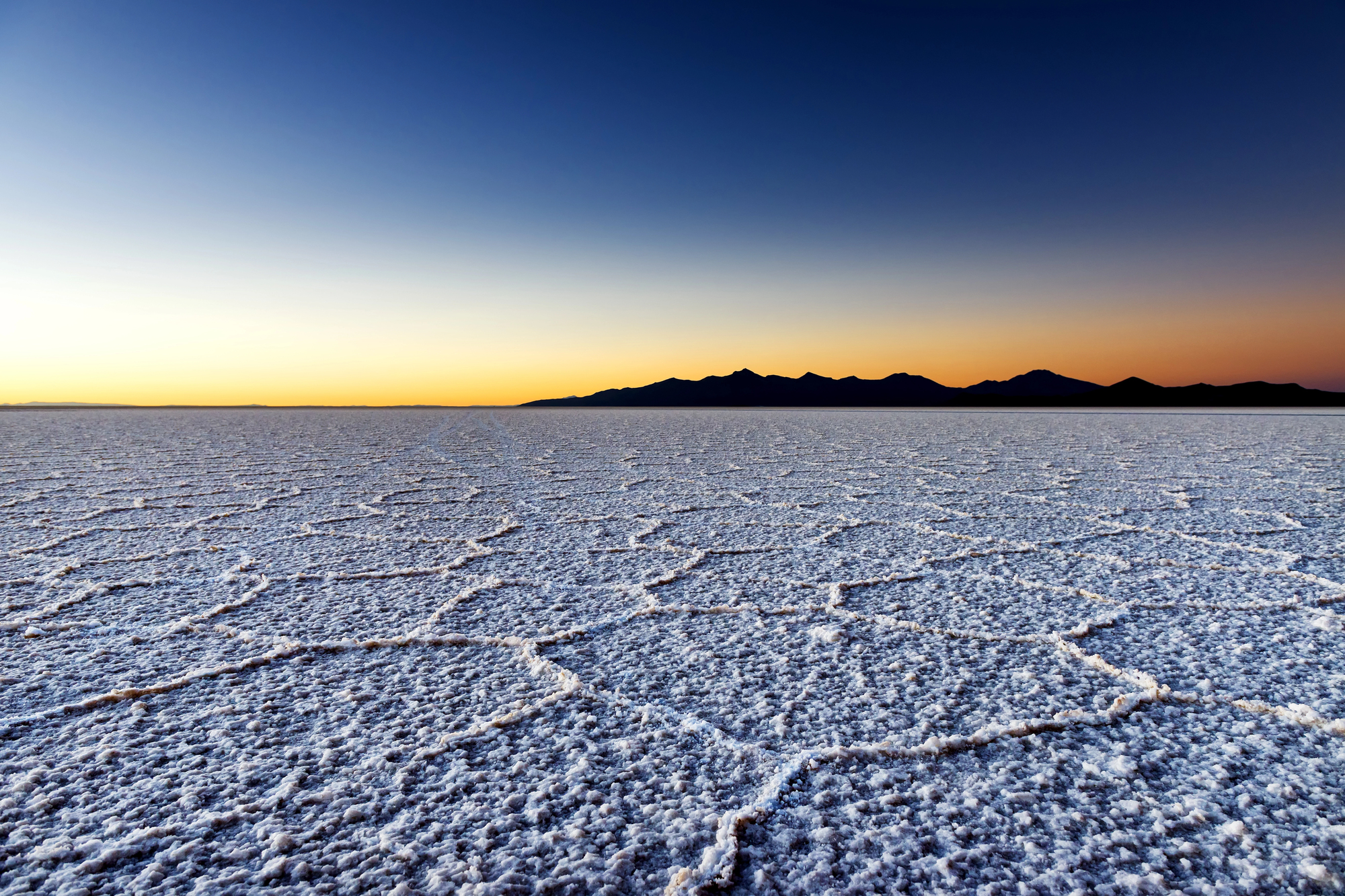
During the rainy season, Bolivia’s salt flats transform into the world’s largest mirror, perfectly reflecting the sky above across a seemingly endless expanse. Covering over 4,000 square miles, this prehistoric lake bed contains 50-70% of the world’s lithium reserves.
The surreal landscape plays tricks on depth perception, making it a photographer’s paradise for creating optical illusions that make small objects appear massive.
Plitvice Lakes
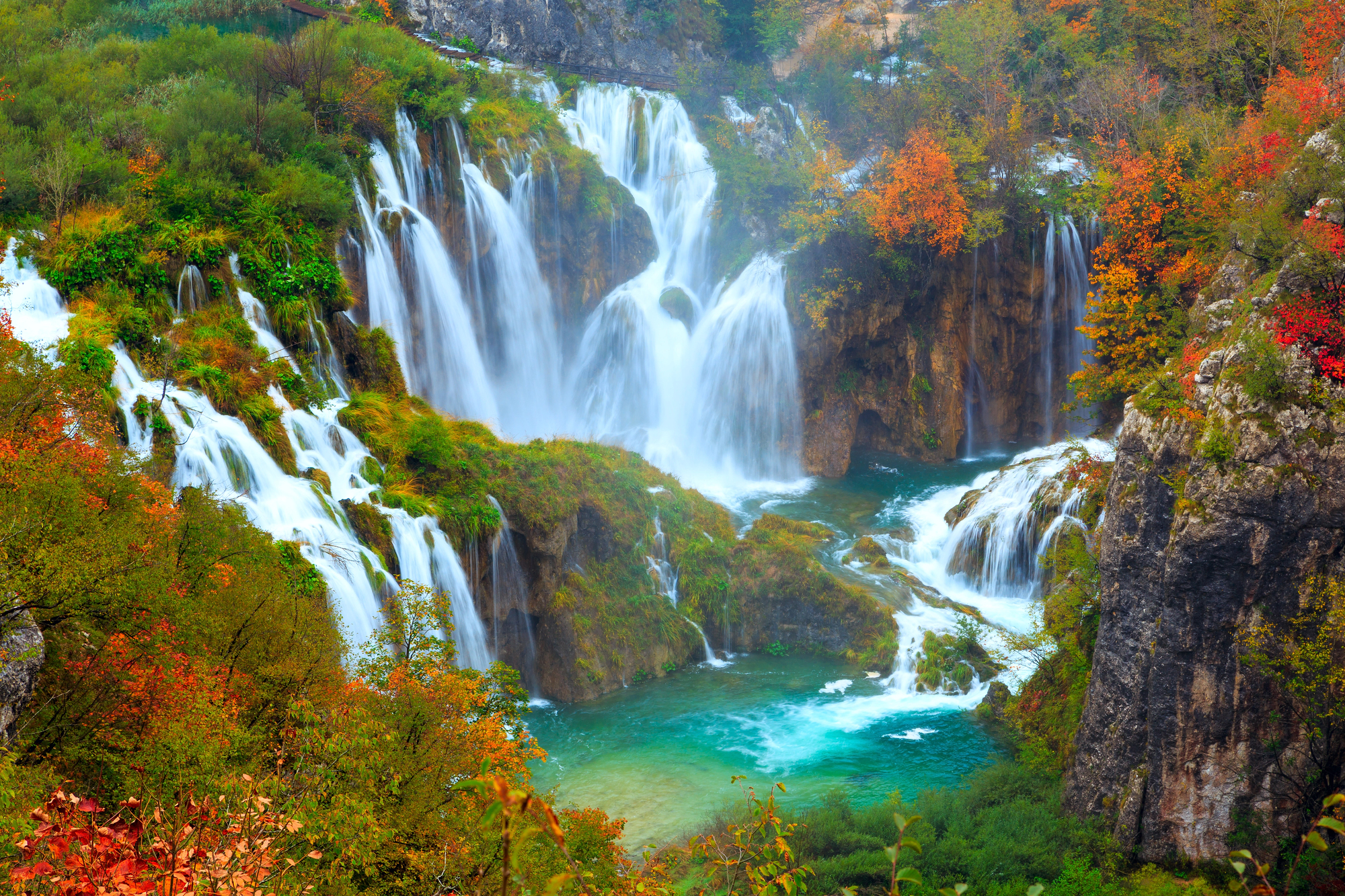
Croatia’s oldest national park features 16 terraced lakes connected by waterfalls that have created natural dams through deposits of travertine over thousands of years. Wooden walkways wind directly over, around, and across the water, providing intimate views of the crystal-clear lakes that shift between azure, green, gray, and blue depending on mineral content and lighting.
The surrounding beech and fir forests harbor deer, bears, wolves, and rare bird species.
Like Travel Pug’s content? Follow us on MSN.
Waitomo Glowworm Caves
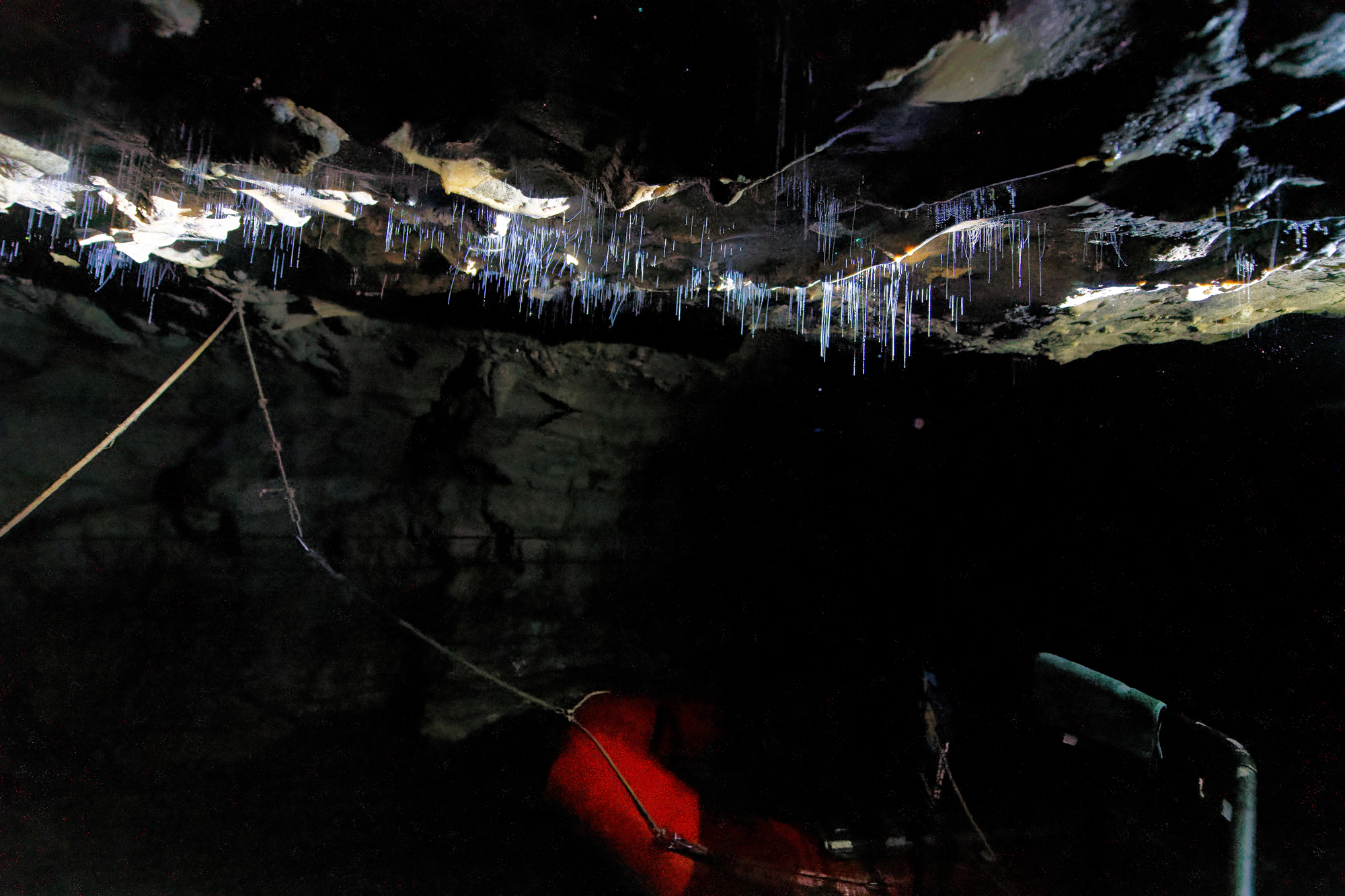
These New Zealand caves house thousands of Arachnocampa luminosa—tiny glowworms that illuminate the cave ceilings like a living constellation of blue stars. The luminescent organisms create mesmerizing light displays as visitors silently glide through on boats beneath the glowing canopy.
The darkness makes the experience feel like floating through space among countless tiny stars.
Deadvlei

This clay pan in Namibia features scorched black trees standing against towering red dunes and a cracked white floor, creating a stark color contrast that seems almost deliberately designed. The trees died about 700 years ago when drought struck, but the dry climate prevented them from decomposing.
Against the intense blue sky, these preserved tree skeletons create one of the most photogenic landscapes on Earth.
Meteora Monasteries
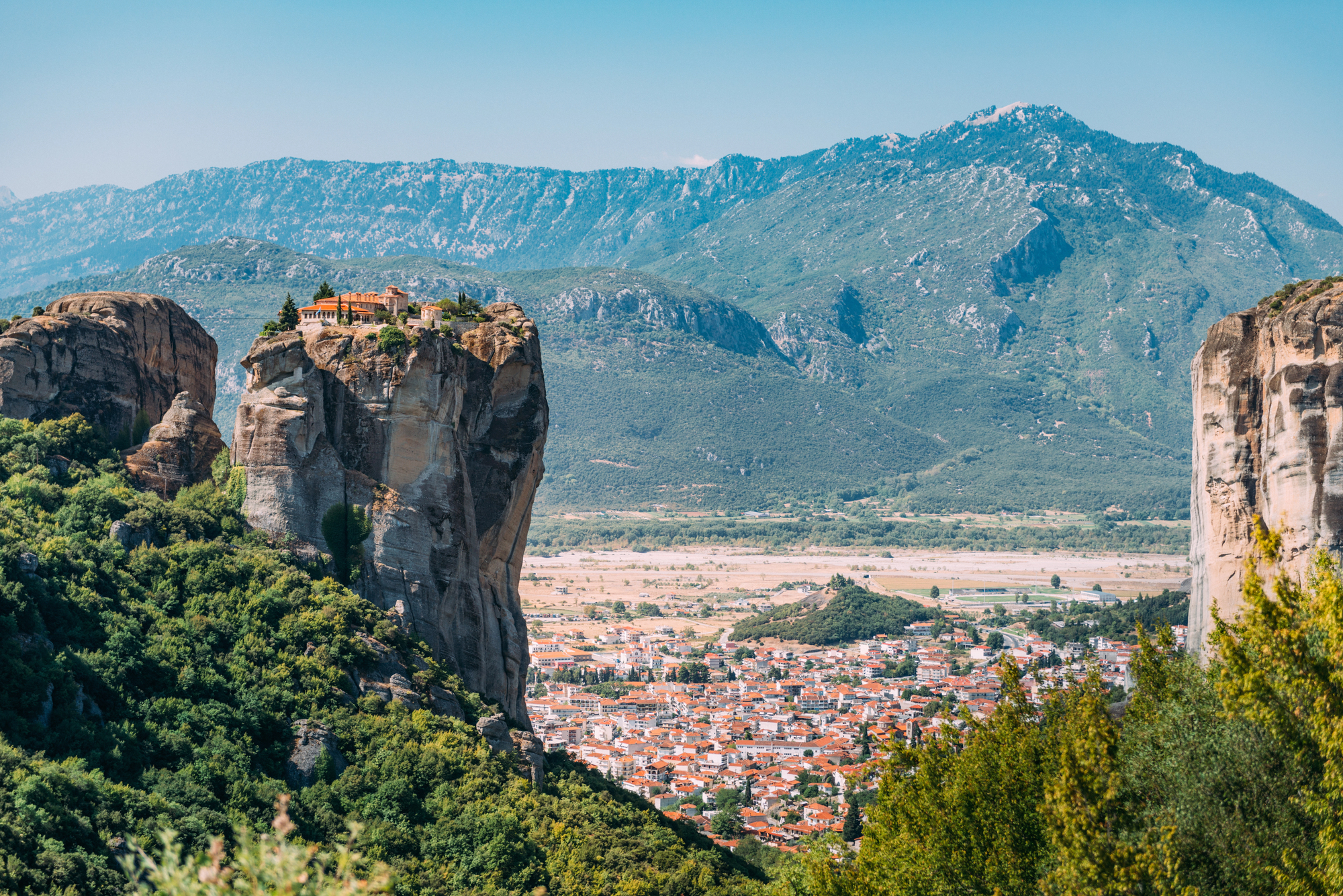
Perched atop naturally formed rock pillars in central Greece, these Eastern Orthodox monasteries were built in the 14th century by monks seeking isolation and protection. The name Meteora translates to ‘suspended in air,’ accurately describing how these structures appear to float above the landscape.
Originally accessible only by removable ladders and windlasses, this remarkable feat of construction represents human determination to create sanctuary in seemingly impossible locations.
Like Travel Pug’s content? Follow us on MSN.
Lençóis Maranhenses
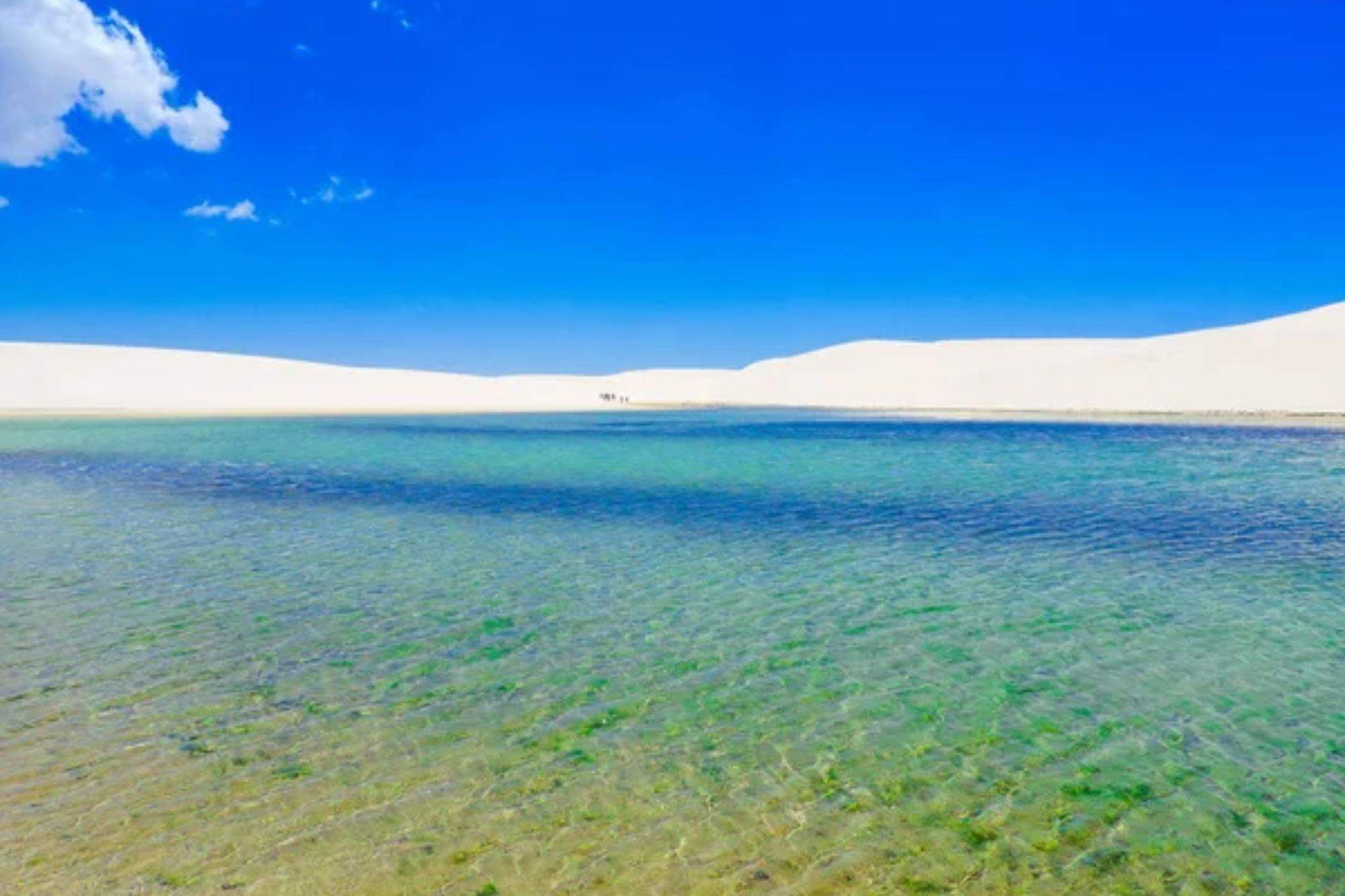
Though it appears to be a desert, this Brazilian national park is actually a series of white sand dunes that collect rainwater in the thousands of clear lagoons that form between them. Located just outside the Amazon Basin, the region receives too much rainfall to be considered a true desert.
During the rainy season between July and September, the pools between dunes fill with rainwater too pure to allow vegetation, creating a landscape that resembles an immense white bedsheet with blue pools (the name ‘Lençóis’ means ‘bedsheets’ in Portuguese).
Lake Hillier
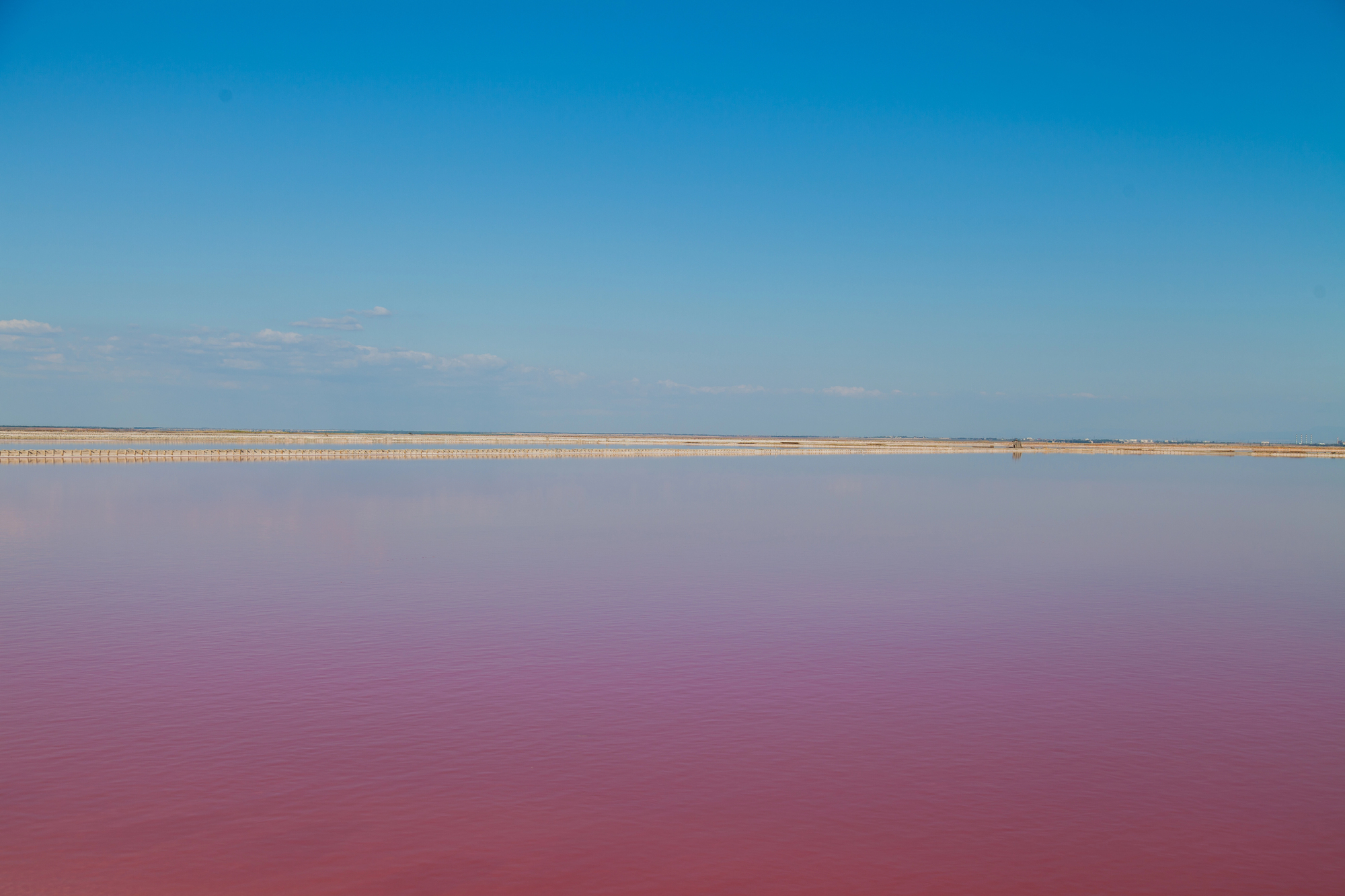
This bubble-gum pink lake on Middle Island in Western Australia maintains its striking color year-round, regardless of temperature changes. Scientists believe the color comes from a specific algae that produces carotenoids, though the exact cause remains somewhat mysterious.
The vibrant pink water creates a surreal contrast with the surrounding deep blue ocean waters and the green forest that encircles this natural wonder.
Seven Colored Earth of Chamarel
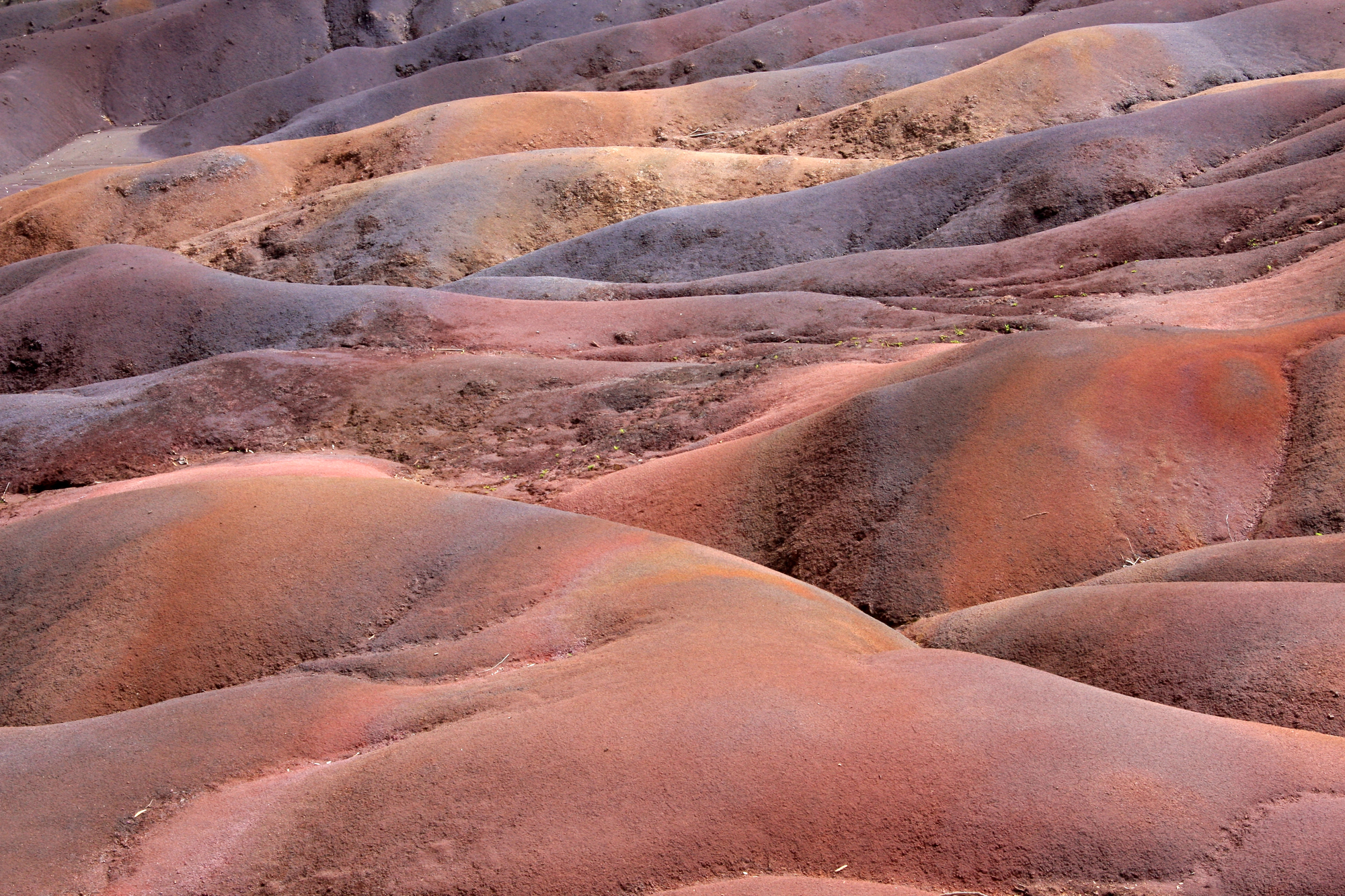
This small geological formation in Mauritius features sand dunes of seven distinct colors—red, brown, violet, green, blue, purple, and yellow—that naturally separate into rainbow-colored layers. The sands formed from the decomposition of volcanic rock, with different mineral contents creating the various hues.
Most remarkably, even when mixed together by hand or disturbed by rainfall, the sands naturally separate back into their distinct color bands over time.
Like Travel Pug’s content? Follow us on MSN.
Nature’s Silent Poetry
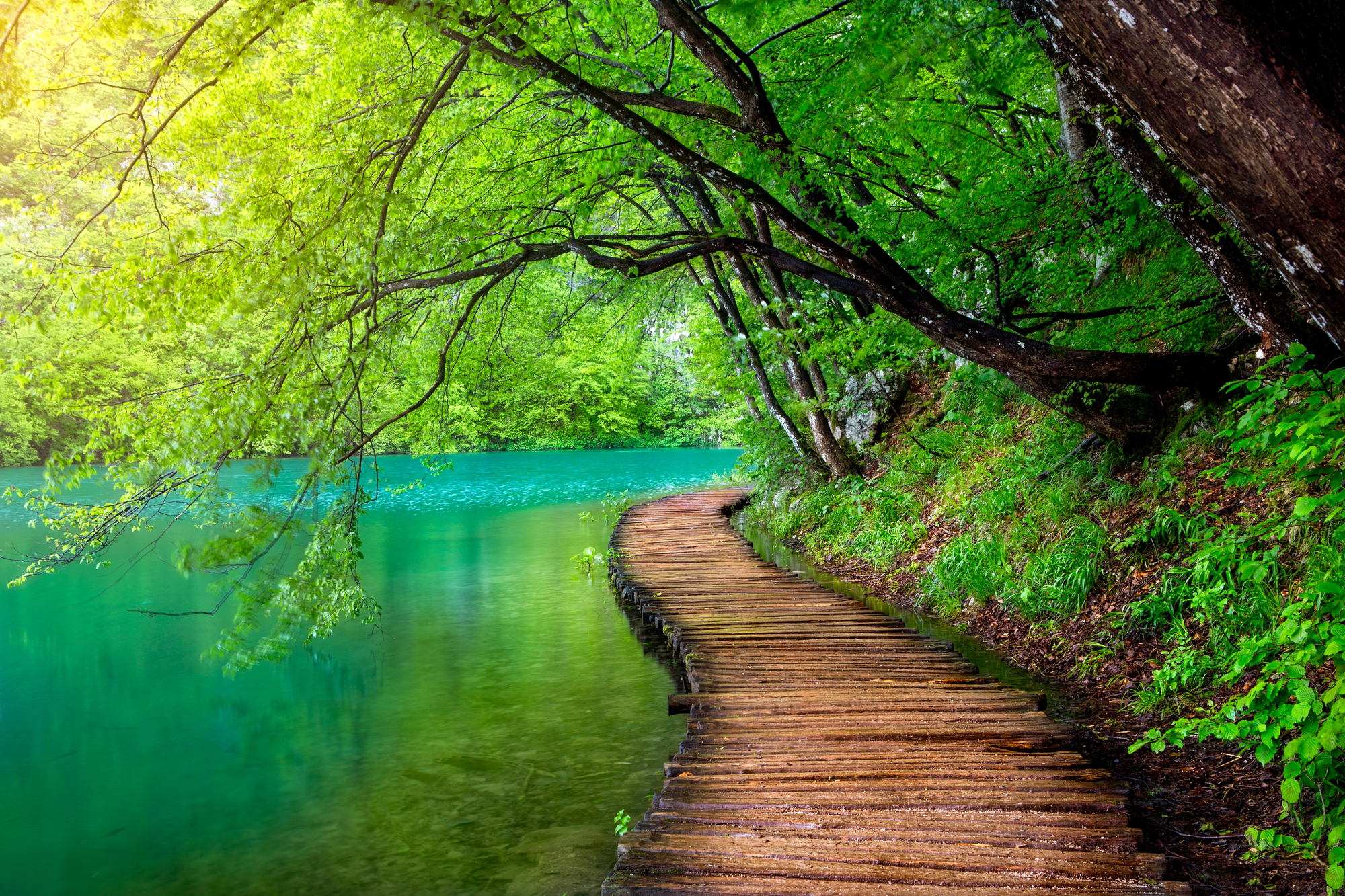
These breathtaking locations remind us that our planet still harbors incredible secrets despite our hyperconnected world. They represent not just visual beauty but the wonder of discovery itself—proving that genuine exploration remains possible even today.
Perhaps their relative obscurity is actually part of their charm, protecting these places from overwhelming tourism while rewarding the curious travelers who seek experiences beyond the ordinary guidebook.
More from Travel Pug

- Cities Growing so Fast You Won’t Recognize Them in 10 Years
- 13 Destinations Where Tourists Regularly Regret Their Trip
- 20 Obscure WWII Sites Even History Buffs Don’t Know About
- 10 Under-the-Radar Mountain Towns That Are Both Affordable and Beautiful
- 20 Abandoned Places That Feel Like Real-Life Post-Apocalyptic Movie Sets
Like Travel Pug’s content? Follow us on MSN.
